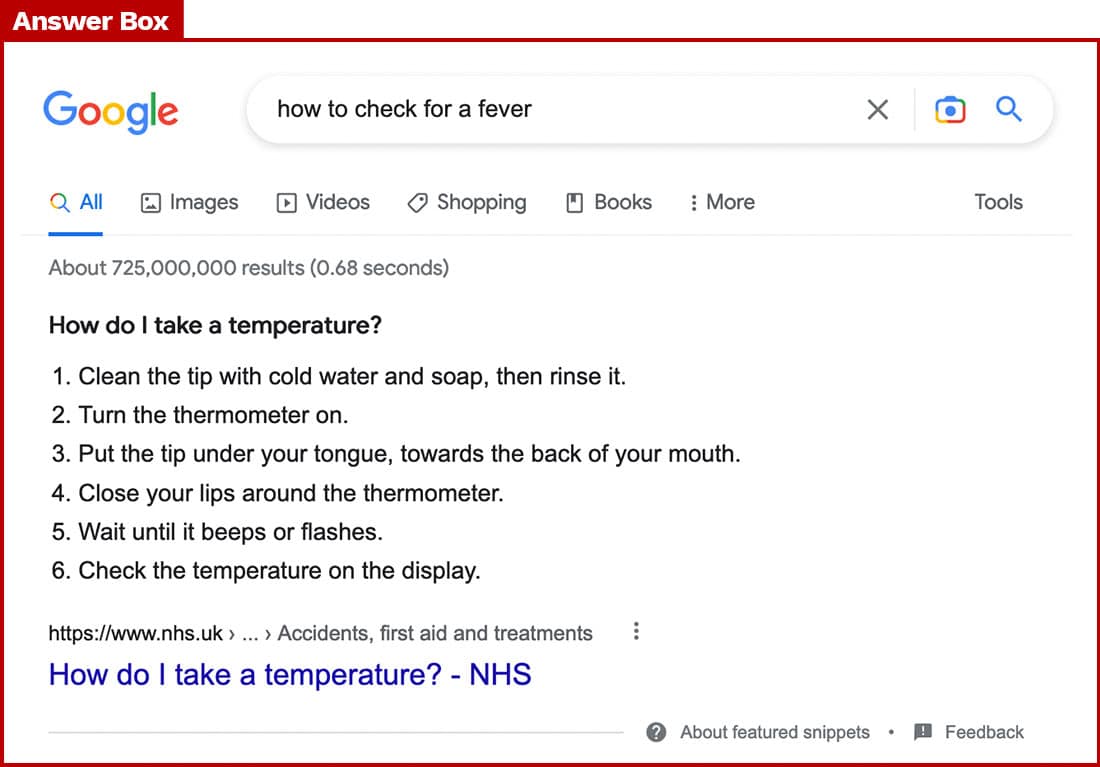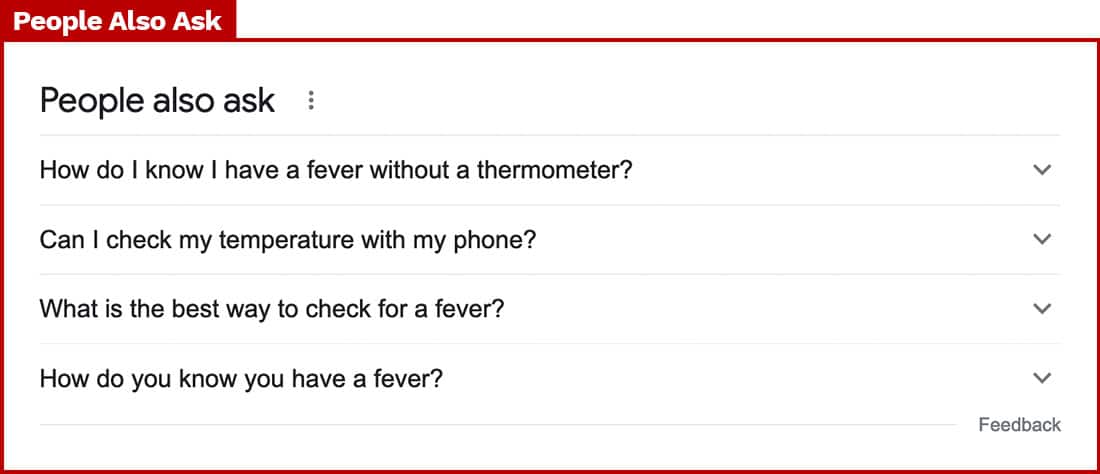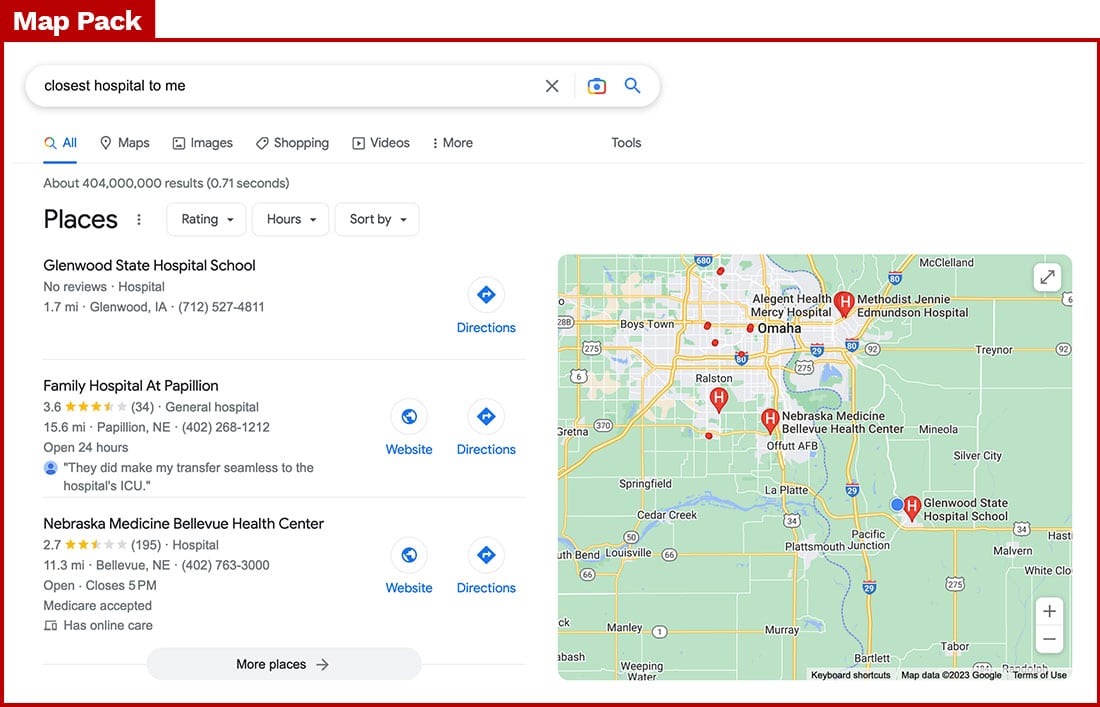Google has made some big changes to how it ranks content in its search results and marketers everywhere are scrambling to assess the impact.
One of the most noticeable outcomes so far: Content written with the goal of satisfying search engine bots used to perform well in Google searches. Not anymore.
“Google realized that there was too much money in traffic,” says Wil Reynolds of the digital marketing agency SEER Interactive. “And you can’t trust people” not to game the system.
This dilemma was the impetus behind Google’s latest revision of its algorithms — which it refers to as a “helpful content” update.
Below are what experts in search engine optimization and digital marketing have learned so far. They shared insights on what the update will mean for banking websites and what the new best practices for content will be.

Move the Needle from Attrition to Acquisition
Vericast’s 2024 Financial TrendWatch explores seven of today’s most critical financial services trends to provide a complete view of the current loyalty landscape.
Read More about Move the Needle from Attrition to Acquisition

Navigating the Role of AI in Financial Institutions
83% of FI leaders agree investing in AI is essential for 2024 but how you leverage AI is instrumental in success and meeting customer expectations.
Read More about Navigating the Role of AI in Financial Institutions
What’s Google Signaling About the Future of Search?
The changes to the content rules affect how Google views and ranks website pages. This may already be impacting the volume of traffic your financial institution attracts online, for better or worse.
But the implications for the future are just as important as the immediate results.
“What’s most interesting about the content update is not the actual update itself,” Dave Snyder, founder and chief executive officer of the content marketing agency CopyPress, tells Search Engine Journal.
Snyder suggests looking ahead to what it signals about the direction of the search function. “As we’ll go, there will still be mixed results,” he says. “But, what is Google trying to do? Where are they going in the future?”
The update began rolling out in early December 2022 and took a little over five weeks to complete, wrapping up on January 12. So how domains will fare in the wake of the update is yet to be seen.
But it’s critical that financial marketers understand the ramifications for their website and page rankings.
Read more on digital strategy:
- How Enhanced Personalization of Bank Websites Propels Growth
- 4 Ways Banks Can Use Google Alerts & Social Monitoring to Drive Growth
What Is ‘Helpful Content’ and What Role Does It Play in Search Results?
The end goal of the update is to improve search results. As Google’s team describes it, the artificial intelligence behind its system is looking to “ensure people see original, helpful content written by people, for people, in search results.”
At the same time, the system also downranks any pages containing content it recognizes as AI-generated — which is spam in Google’s view, says Search Engine Journal’s Director of Marketing Heather Campbell. The downranking in such cases applies regardless of a page’s SEO and technical prowess.
Beware Shortcuts:
There is one change that Google is being clear about: Using AI tools to generate content will hurt a website's search rankings.
This update, in many ways, is unlike predecessors of similar magnitude, says Reynolds, SEER Interactive’s CEO. In the past, Google would release a tweak to its algorithm to intimidate scammers, and it would use one large website as an example of the problem to fix.
“When Google can’t get the technology to uncover spam, what they have typically done is pick on a big brand and manually penalize them to make everybody else scared,” Reynolds tells The Financial Brand in an interview. “If they’ve penalized BMW, then they’ll scare people” away from engaging in whatever bad behavior they’ve identified.
This helpful content update doesn’t look like it’s taking that approach, he says, but is instead penalizing AI-generated content first.
Your marketing team might not be using AI-generated copy, or might be just thinking about it. Either way, a shift in that SEO game plan is likely in order. Instead of prioritizing websites with content optimized for the search engine, Google’s new algorithm seeks out information that it deems not only most useful for consumers, but also happens to be crafted by a human writer.
How that plays out is hard to determine, because Google’s various updates are complex. But here’s what Google says it’s doing to surface high-value content:
- Google’s “classifier” is monitoring content continuously to determine whether a domain or page is providing a helpful answer that directly addresses a search query.
- The value of content on a page is weighted based on the “helpful” rating of the domain, which brings another set of inputs to the calculation.
- The process is completely automated. There are no manual or spam actions taking place.
- By having an automated system determining the value of the content, Google says content generated by people that may have been classified as “unhelpful” may still rank if there are other signals suggesting it is relevant for a query.
What About Google’s New Conversational AI Tool, “Bard”?
Although Google articles about the new update say content produced by artificial intelligence software such as ChatGPT will be deemed “unhelpful,” there is still speculation as to whether that rule will also apply to Google’s own conversational AI software, Bard.
Google intends to use Bard to build on a product it already offers users: the answer box. However, since that answer box will now be populated with dynamic content via Bard, people can dive deeper into their initial query by asking a follow-up question or adding a comment, which will prompt new replies beyond the AI system’s initial answer.
Michael Bertini, vice president of SEO at the analytics firm iQuanti, refers to the improved answer box as a consumer’s “ultimate Wikipedia.”
“It can read what you’re trying to say and use that — like the ChatGPT technology — but one that is really, really close to what your intention is when you search for something,” Bertini says.
It’s the Age of Experience and Expertise for Online Content
Some marketing agencies are reporting that the fruits of their past labor are flourishing under Google’s new metrics. This soon after the update, few companies have done anything differently to earn Google’s attention, according to marketers and SEO consultants. So it’s likely that, for those showing improved traction, the updated algorithm recognizes their existing content as “helpful.”
The big question is: What factors does Google use to determine whether content is helpful?
One line of thinking in the marketing world is that Google is looking for experienced and knowledgeable experts to drive its top search results. So it is assessing whether the writer is an authoritative source on the subject matter at hand as one aspect of its ranking.
“My recommendation would be to find people who actually have opinions and have expertise, because invariably the way they write about what they believe is going to sound so different than what comes out of ChatGPT,” Reynolds says.
Reynolds uses himself as an example, explaining that his name has a robust track record with Google on the SEO front and has shown up in the search results for that topic for a long time. So when his name appears in a byline, he’s confident Google will account for his experience when ranking that article.
“The helpful content update requires you to be very, very granular, and create a massive amount of content.”
– Michael Bertini, iQuanti
There are layers to this — especially in banking, says Bertini, of iQuanti. Being an expert in Google’s eyes means going deeper than a scratch-the-surface familiarity.
Consider credit card promotions, for instance. With the new update, a bank cannot rely on general credit card content as a way to promote all types of cards. Instead, search results are more likely to differentiate marketing of, say, various types of consumer credit cards or a business credit card.
But, basic considerations like that likely would not be deep enough, Bertini says, adding that tertiary and quaternary levels are just as important, if not more so.
“You need to create enough content to cover your tertiary theme,” he says, which in the above example could be “small business credit cards” or “credit-building consumer credit cards.”
“The helpful content update requires you to be very, very granular, and create a massive amount of content, or else Google is not going to find you as helpful, or an expert or authoritative,” Bertini explains.
For SEO Tactics, Is It Out With the Old, In With the New?
The future of traditional SEO strategies, such as keyword density, is hotly debated. Keyword density measures how often a word or phrase is used on a page or post, and is a signal of how relevant the content is for those searching on that topic.
Reynolds believes keyword density, title tags and image optimization will likely be relegated to the age of “old Google” — still an SEO factor, but hardly a focal point in evaluating search engine ranking performance.
A Moving Target:
Keyword density was once critical if a company wanted its website to rank for a certain keyword. That might not be the case going forward.
Bertini, on the other hand, expects some legacy SEO tactics will have just as much emphasis. “Our data is showing us that keyword density is still a factor, and I can’t perceive how they’re going to be able to completely eliminate that from the algorithm — or not even just eliminate, but ever lower the weightage on it,” he says.
Too much density can be interpreted as trying to game the system and may result in Google penalizing content. This is a practice Google may be looking to target with its emphasis on humans, the idea being that they would write naturally in a way that is focused on conveying information, with perhaps lower keyword density as a result.
Other SEO firms suggest this is the case, saying keyword density is becoming less relevant and overuse will be even more likely to get flagged. “The practice, which is called ‘keyword stuffing,’ no longer works as search engine algorithms have become smarter and more sophisticated,” one Influencer Marketing Hub article cautions.
How to measure the keyword density of a page:
1. Divide how many times the keyword shows up on a page by the total word count.
2. Multiple by 100.
3. That number determines the keyword density of the page. If a keyword shows up once for every 100 words on the page, its density is 1%.
Influencer Marketing Hub and Hubspot say marketers ought to stay in the 1-2% range. Compare that to late 2021, when the Search Engine Journal recommended aiming for the 2-10% range.
What Should Banking Websites Do to Perform Well in Google Search Results Now?
With Google’s helpful content update, there are plenty of suggestions of what not to do. Campbell, of the Search Engine Journal, says any content “made for ad monetization and clicks won’t work anymore. There will be no manual penalties, but you could simply start losing organic visibility.”
But there are also some proactive steps to be mindful of. As noted above, posting new content with experienced voices and perspectives can help set a banking website apart.
Michael Brenner, of the Marketing Insider Group, a content marketing agency, suggests banks incorporate first-person employee perspectives into branded content to demonstrate authority. “I think it’s going to continue to push brands to activate their own internal employees to start writing,” says Brenner, whose title is CMO Influencer. “Get your experts to start sharing their experience.”
Banks and credit unions also might want to re-evaluate articles or podcasts they’ve already published. As Campbell points out, many companies have existing content they can reshape so it performs well and has a stronger chance of getting in front of consumers.
“At scale, find out what your old content is missing and what the competition has. What is your content missing that Google is signaling it will want long term?” Campbell asks. “Create an opportunity-sizing model using third-party data to get an idea of the lowest-hanging fruit from your underperforming content.”
Getting into one of the top three or top 10 search results isn’t the only end goal, either. Answer boxes, the “People Also Ask” (PAA) snippet feature and map packs are all high-value spots that show up in Google search results.



The PAA, in particular, can help a financial marketer gauge the “helpful content” that people are looking for, and “can be used to fuel new articles or revise existing content,” Campbell says.

Are You Ready for a Digital Transformation?
Unlock the potential of your financial institution's digital future with Arriba Advisors. Chart a course for growth, value and superior customer experiences.

The Power of Localized Marketing in Financial Services
Learn how to enhance your brand’s local visibility, generate more leads, and attract more customers, all while adhering to industry regulations and compliance.
Read More about The Power of Localized Marketing in Financial Services
Can Offline Advertising Help Online Rankings? Apparently So
One way to get noticed by Google, however, isn’t by sending direct signals to the search engine and hoping for a high-ranking search result or a consumer’s click. It’s by doing what marketers were doing before Google ever came along: offline advertising.
This helps create a strong brand, which builds visibility and credibility, Reynolds says. “Spammers don’t buy offline media,” he adds. “What kind of brand signals are you sending out there to tell Google you’re trusted?”
Nerdwallet has had success with this strategy, Reynolds says. The website produces content, but it is also trusted by consumers (and often performs well with Google) because the brand has become well known for its guidance on money matters.
Reynolds says one reason why offline advertising works is that it can trigger search queries on Google, building a stronger keyword connection for the brand. In this way organic queries may yield a stronger return on investment than on-page SEO investments.
Advertising during major events like the Super Bowl can be a particularly effective catalyst for creating brand traction with Google, Reynolds says. “We had a banking client that had a Super Bowl ad, and for the next six or seven days after the Super bowl ad was run, all their rankings were higher.”
Read More:
- How Banks Make Pricey Super Bowl Advertising Pay Off
- A Few Simple Tweaks to Banking Websites Can Increase Sales

Brace for More Change as Google’s ‘Helpful Content’ Update Evolves
The effort to demystify the updated algorithm is likely to be playing out for quite some time. Besides which, nothing with Google is ever one and done.
Reynolds describes Google as ever-evolving — in contrast to companies like Apple, which is renowned for distributing a product only after it has been fully baked. “Google is comfortable launching something and letting it improve over time,” Reynolds writes in an October article about the helpful content update.
He advises that one of the best ways to mitigate any negative impact caused by the changes is to talk to customers and find out what content they like, need more of and would be inclined to read.
Stay true to this approach, he says, and the search engine’s algorithm will reward you for it.







